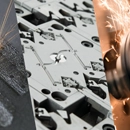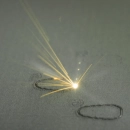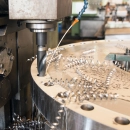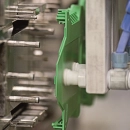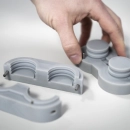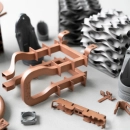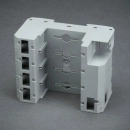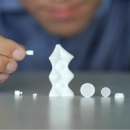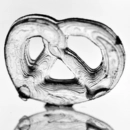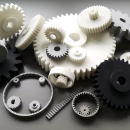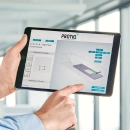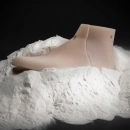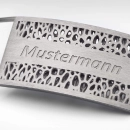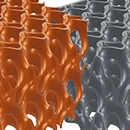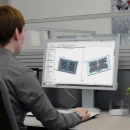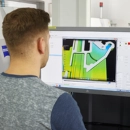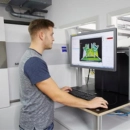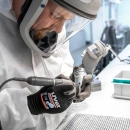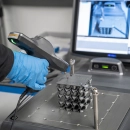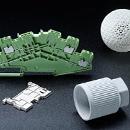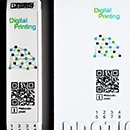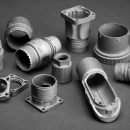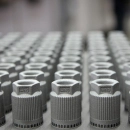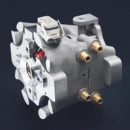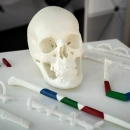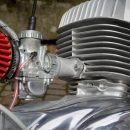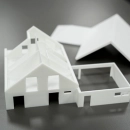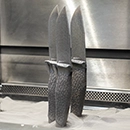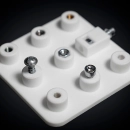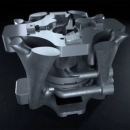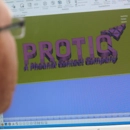Rapid Manufacturing on the PROTIQ Marketplace
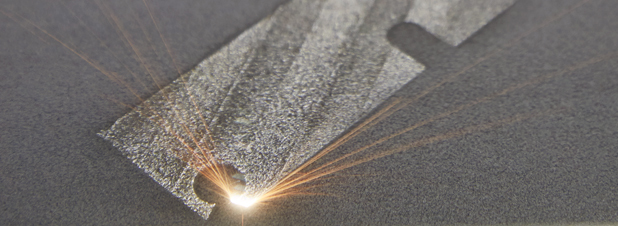
Manufacturing companies often require demanding tool components or individual parts for their work – as quickly as possible. On the PROTIQ Marketplace, you receive your components extremely fast thanks to an innovative 3D printing process and rapid manufacturing.
Upload file Schedule consultation
What is rapid manufacturing?
Rapid manufacturing (RM) or direct manufacturing (DM) refers to the quick production of customized products. Additive manufacturing processes, such as selective laser sintering, laser melting or stereolithography, enable the production of high-resolution 3D objects using CAD data. Unlike rapid prototyping, rapid manufacturing does not produce models, but end products for use under real conditions.
Advantages of rapid manufacturing
- Efficient production starting with batches of one
- Finished and ready for use within just days
- Demanding geometries in the usual high quality

Our rapid manufacturing service
Small series or single units can be produced within just a few days on the PROTIQ Marketplace. Choose from six different 3D printing processes and over 30 materials to design your custom component.
3D printing – a custom, yet efficient solution
Industrial companies often require unusual individual parts or small series, such as tool components for injection molding processes. Using standard production processes such as milling or CNC turning is extremely time-intensive and costly. Normally, the more complex the shape, the more expensive the component.
Additive manufacturing is different. Here, complex geometries cost the same as simple ones, as all components are produced in line with the same layering principle, no matter their shape. Additional tools or steps are not generally required.
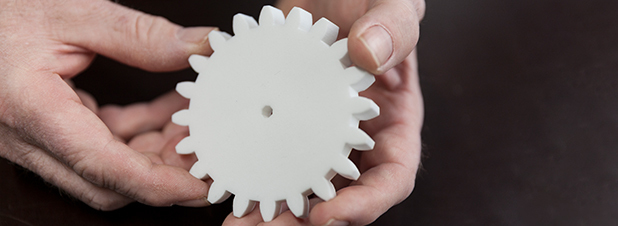
Time to rethink and discover hidden potentials
The shape of many standard tools depends on the production process used. Complex shapes are often impossible with ablative or recasting techniques. Additive manufacturing does away with these production-related restrictions.
Form follows function – greater freedom in design thanks to 3D printing
With additive manufacturing, you can not only efficiently produce complex individual parts. You can also make them smaller, lighter and more durable. In short: better. The layered structure in 3D printing also allows engineers to focus entirely on the function of the component when designing new products without having to consider any restrictions in production.
In 3D printing, each 3D model is broken down into thin layers regardless of its geometry. These are formed into a three-dimensional body by the 3D printer layer by layer. In this way, internal structures such as cooling channels can be ideally adapted to the shape of the component.
You want to take full advantage of your components? Schedule a consultation now!



 Deutsch
Deutsch English
English Italiano
Italiano